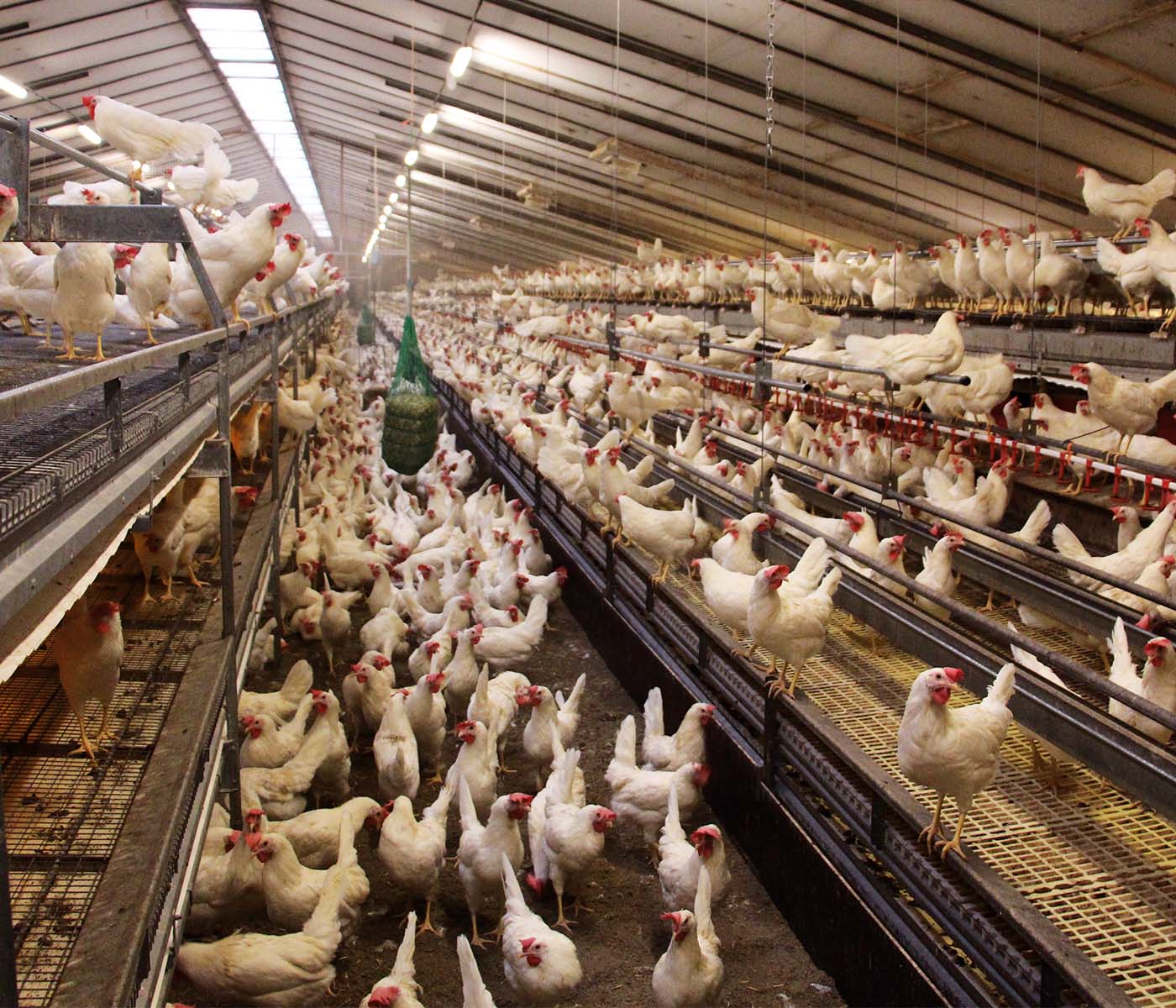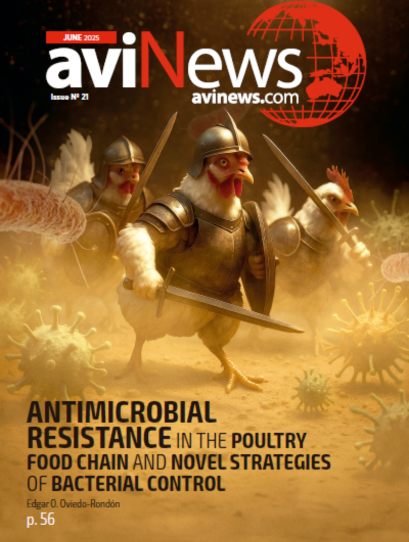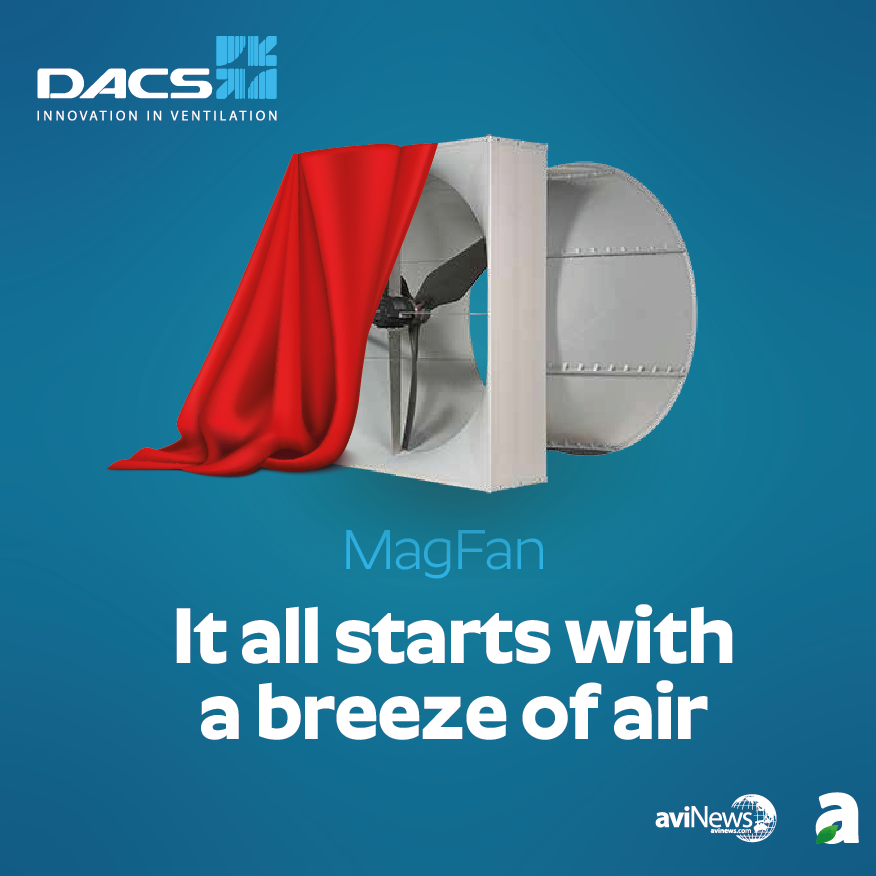The art of keeping layers in top condition
Modern laying hens deliver top performance. That demands proper skills and adequate management. Layer farmer Peter Janssen from The Netherlands knows exactly what to do to keep his flocks in top condition till the end of their productive life.
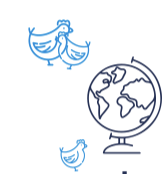



Photo 1. Peter Janssen is keeping 285,000 Dekalb White and Lohmann White layers in 4 different ages and in 4 houses
As a result, adequate and professional management is a prerequisite to let such flocks be productive.
Peter Janssen, general manager of the family owned Janssen egg farm, very well understands how to manage such flocks.
- His farm is based in the village of Ysselsteyn in the Southern part of The Netherlands.
- Peter took his position as general manager in the year 2000. In those days in The Netherlands, the transition from keeping layers in battery cages to free range and aviary systems was gaining ground.
- Based on his experience and knowledge of these systems ever since, today Peter is in command of 285,000 Dekalb White and Lohmann White layers in 4 different ages (Photo 1).
- These are kept in 4 houses, with two or three storeys respectively and a capacity of 72,000 birds each.
- All houses are equipped with aviary systems, so the layers have plenty of room for movement and roaming around.
START FROM REARING
“Successful production starts at the very beginning”, says Peter. “In other words, from the moment of rearing of the day-old chick up to an 18 week old pullet.”
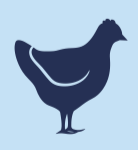
Keep up to date with our newsletters
Receive the magazine for free in digital version REGISTRATION ACCESS
YOUR ACCOUNT LOGIN Lost your password?

